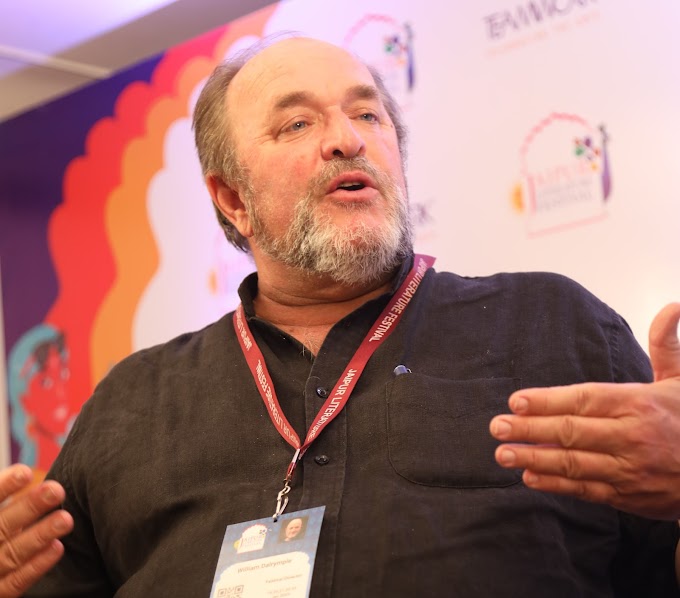The Governments of the Kingdom of Saudi Arabia, the European Union, the Republic of India, the United Arab Emirates (UAE), the French Republic, the Federal Republic of Germany, the Italian Republic, and the United States of America have come together to establish the India - Middle East - Europe Economic Corridor (IMEC).
This Memorandum of Understanding (MoU) signifies their commitment to fostering economic development by enhancing connectivity and economic integration between Asia, the Arabian Gulf, and Europe.
The IMEC consists
of two distinct corridors: the east corridor, linking India to the Arabian
Gulf, and the northern corridor, connecting the Arabian Gulf to Europe. One of
its most crucial components is a railway system that, upon completion, will
offer a reliable and cost-effective cross-border ship-to-rail transit network,
complementing existing maritime and road transport routes. This railway will
play a pivotal role in facilitating the movement of goods and services to,
from, and between India, the UAE, Saudi Arabia, Jordan, Israel, and Europe.
What sets the IMEC
apart is its forward-thinking approach to infrastructure development. Along the
railway route, the participating nations aim to lay cables for electricity and
digital connectivity, as well as pipelines for clean hydrogen export. This
forward-looking strategy not only bolsters regional supply chains but also
enhances trade accessibility, facilitates trade, and places a significant
emphasis on environmental, social, and governance impacts.
The IMEC
initiative holds the promise of boosting efficiency, reducing costs, fostering
economic unity, creating jobs, and, notably, lowering greenhouse gas emissions.
This transformative integration of Asia, Europe, and the Middle East heralds a
new era of economic collaboration.
To support this
ambitious endeavor, the participating nations have committed to working
together in a coordinated and expeditious manner. They aim to arrange and
implement all aspects of these novel transit routes and establish coordinating
bodies to address technical, design, financing, legal, and regulatory
standards.
It's essential to
note that today's MoU represents the initial step in the process. While it
outlines the political commitments of the participants, it does not create any
binding rights or obligations under international law. The next crucial
milestone will be a meeting within the next sixty days, during which the
participants will develop and commit to an action plan complete with relevant
timetables.
.png)



